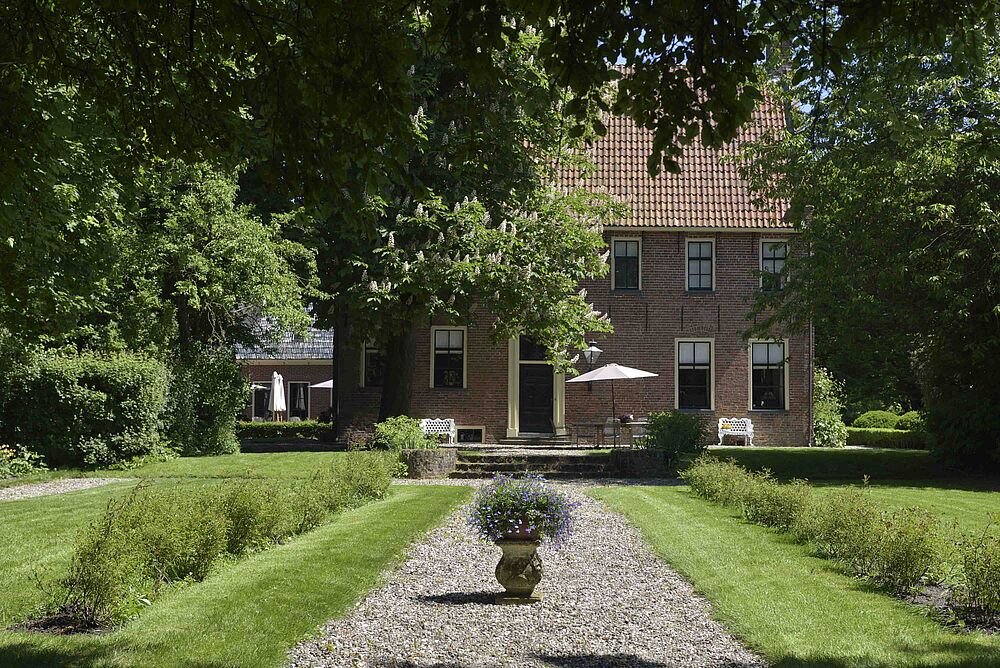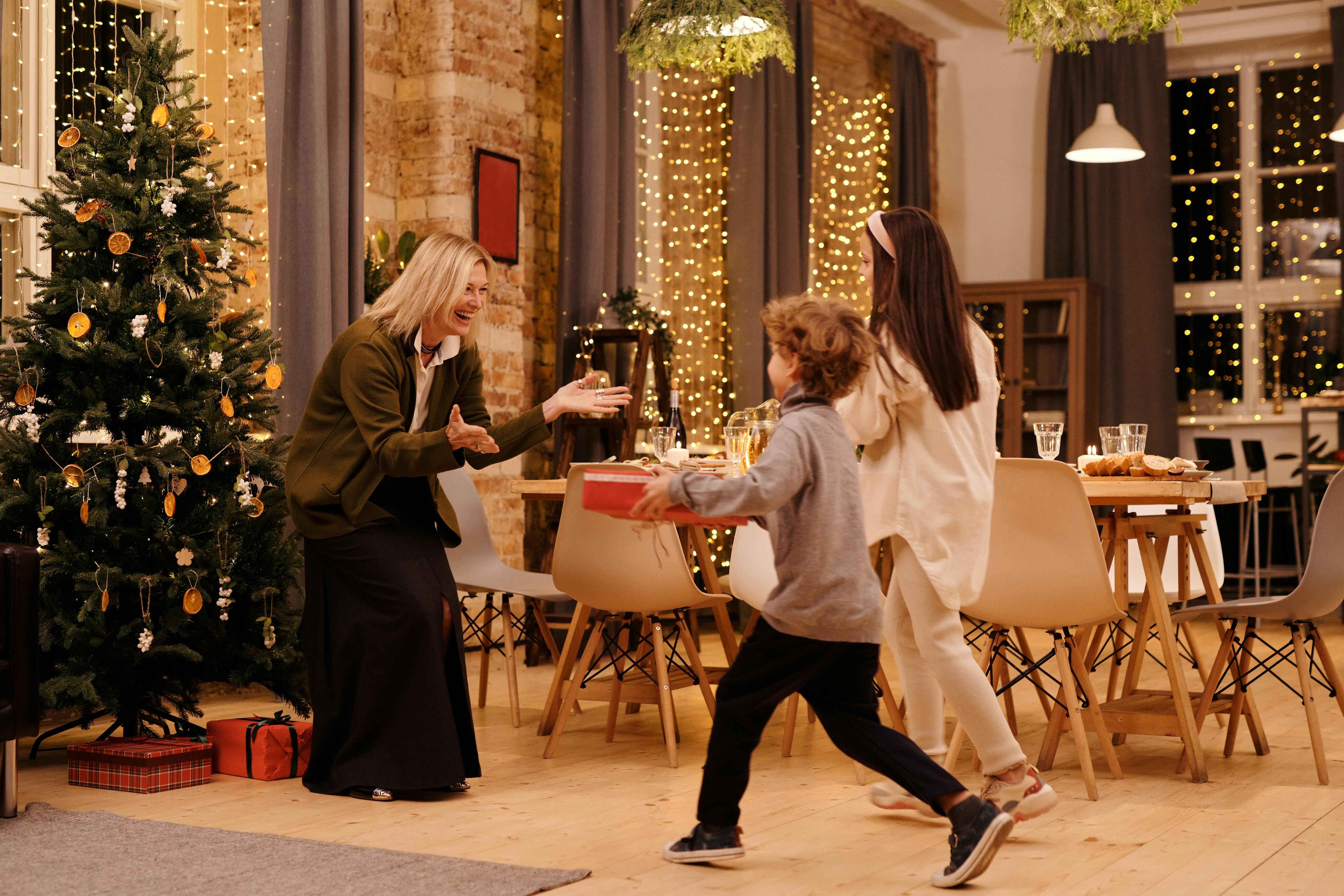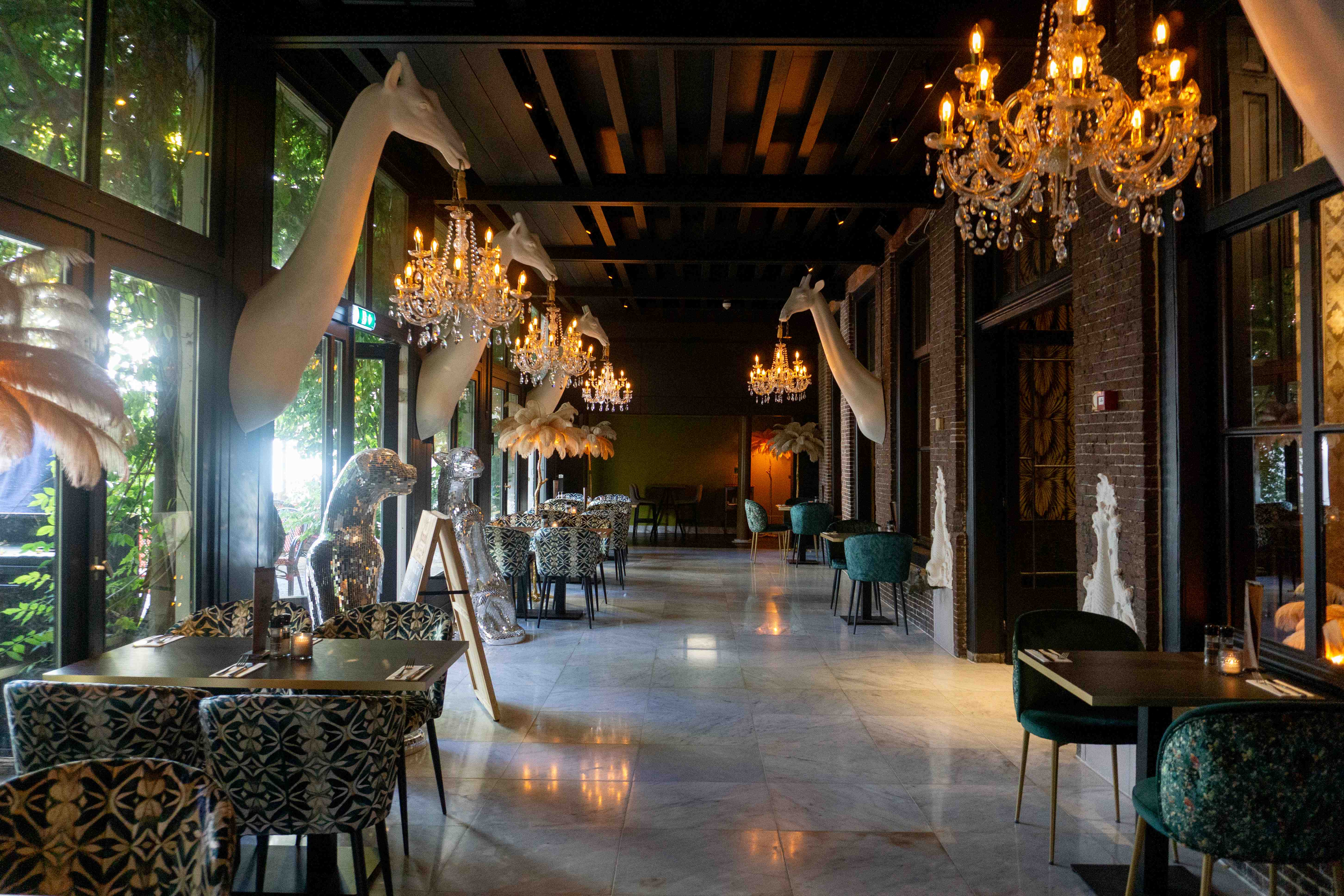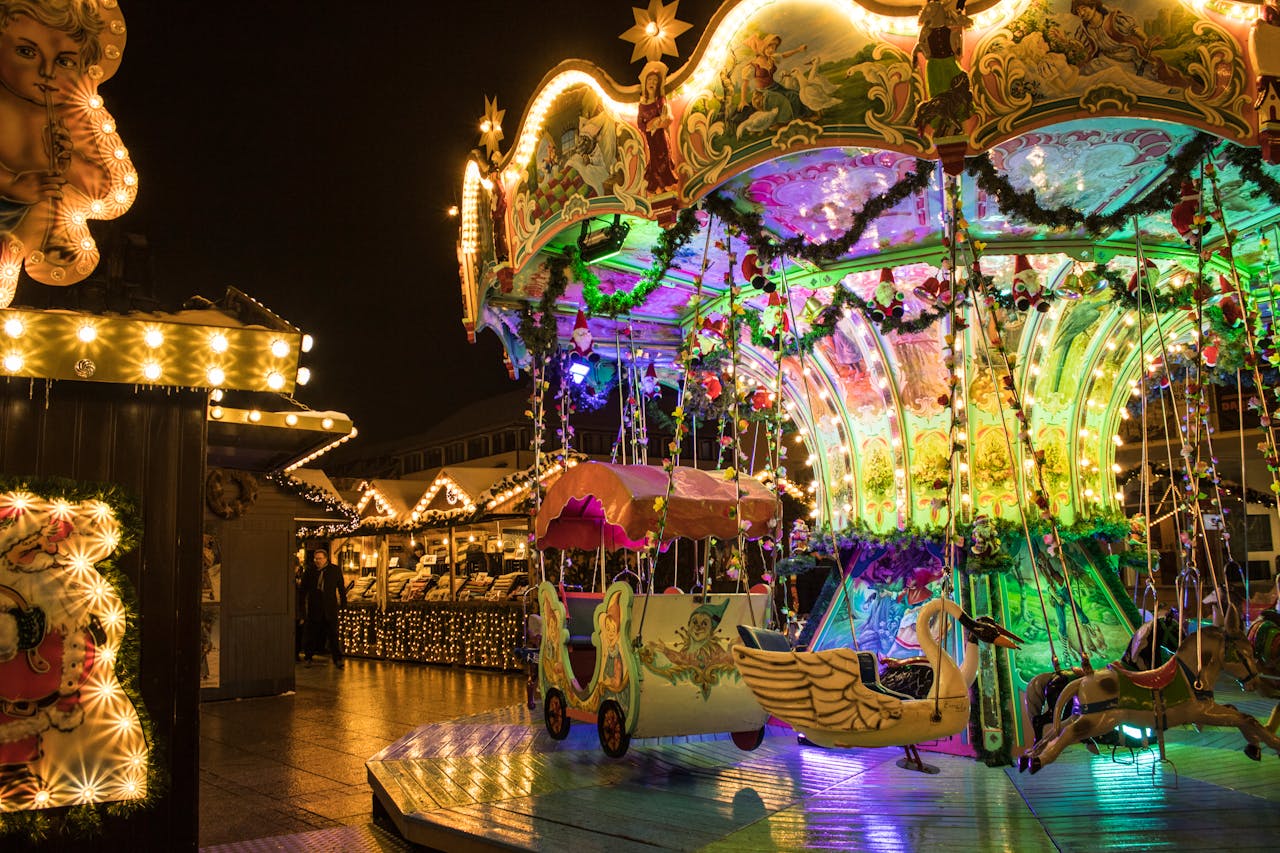
Piloersemaborg, located in the province of Groningen, was built in 1633. The origin of its name remains unknown, but it is thought to be derived from the family Pijloetsem, who lived near Den Ham in the 15th century. However, most people refer to the manor as the Hamsterborg. The original stone house was lost during the Eighty Years' War.
The De Mepsche family inherited the estate and stone house in 1567. They owned it for nearly one and a half centuries, although it is unclear whether they actually lived there. Johan de Mepsche, the heir, was forced to flee in 1580 due to his Protestant faith during the Eighty Years' War.
Around 1870, the manor underwent a renovation in neoclassical style, during which the six-pane windows were notably wider than the relieving arches above them. The reason for this unusual alteration remains unknown.
Over the years, the original stone house was expanded, including a large barn built in 1702. The estate was used as a farm for many years by the Bosch, Boelens, and Wierenga families, which contributed to the survival of the manor, unlike many others which were demolished during the 19th century.
The last owners, the Wierenga-Van der Valk couple, passed the manor to a newly established foundation. Today, the manor is rented by the Soek family, with Dick Soek, a former head chef at Schathoes van Verhildersum, running the restaurant.
Piloersemaborg still has a productive garden that was once used to grow vegetables, fruit, and herbs for the residents. The garden combines elements of both baroque and English landscape styles.
The gardens surrounding the manor, including an orchard, are still maintained, and ingredients from the garden are used in the restaurant.
The estate once held the exclusive right of swan drift, allowing the nobility to keep swans. This is confirmed by the discovery of a swan collar bearing the family crest of the De Mepsche family.
A new garden house overlooks the orchard, and the stookhut (a traditional cooking hut) was rebuilt around 2000 with authentic equipment that is still in use today.
The estate also boasts a stunning collection of stinzenflora, particularly visible in the moat around the house, where the flowers are allowed to grow wild.




